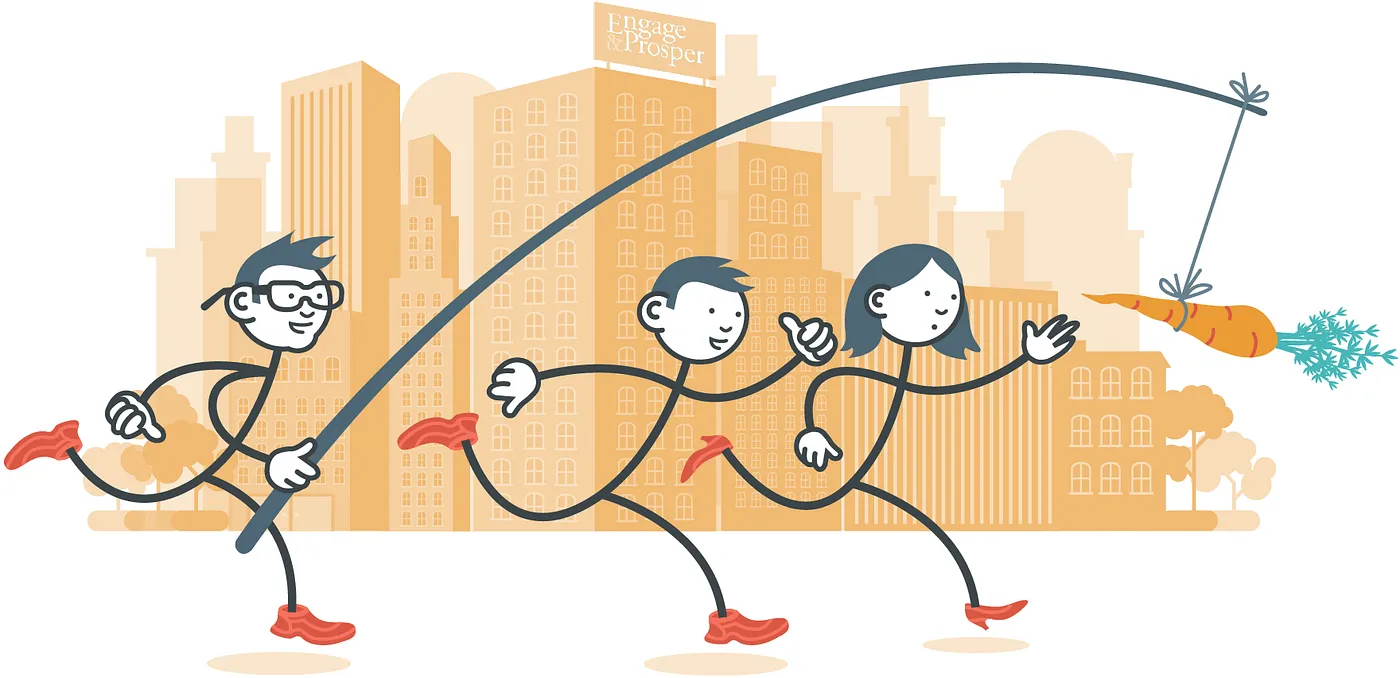Author: Josep Laborda (Factual)
Having surfed the many waves, and quite ironically, the disruption of the corona pandemic on our daily lives has not been solely negative, after all. Forced lockdowns have accelerated some changes for the better, such as a clear shift towards more sustainable mobility habits (more walking, more cycling, less unnecessary commutes), more flexibility of work schedules, a surge in teleworking. We have suddenly seen our skies clear of smog and realised how direct the impact of transportation was (is) on (poor) air quality in cities. Investment has flourished to build bike lanes overnight enabling social distancing in traveling (first tagged as “pop up” infrastructure, many of them remaining later on), the space available for pedestrians has increased and Low-Emission Zones (LEZ) have been deployed in now more liveable cities. At the same time, the need to implement soft solutions has also been highlighted, to place the users and their individual needs and motivations at the heart of the value proposition for new mobility offerings, where novel ways to incentivise sustainable mobility behaviour can be implemented by combining nicely designed software, social science, and political will.
More carrots, please

Mobility incentives (aka subsidies) are already being massively used around the globe: as it happens, cities and regions in Europe subsidise the cost of public transport up to 70% to enable “mobility for all”. However, public subsidies funded by taxpayer money have huge room for improvement as they could be optimised by targeting specific user groups or contexts, or by combining them with other types of in-kind incentives, such as facilitating privileged parking to sustainable means of transport or subsidising first- or last-mile private micromobility services connecting to public transport. The expected efficiency gain behind the multi-criteria, highly targeted micro-incentive strategy is that it could help reduce the cost to achieve similar indicator levels in terms of sustainability and equity, with significantly lower budgets. The introduction of microincentives (economic, fiscal, or in-kind) to foster journeys using zero-emission vehicles, encourage intermodality or increase the use of public transport outside peak hours is an innovative formula with increasing numbers of supporters internationally, which may be key in changing habits towards more sustainable mobility.
The pandemic outbreak reduced the overall mobility to unprecedented numbers due to the harsh restrictions imposed by confinements. As mobility goes back to previous levels, we observe how the recovery of public transport is happening at a very slow pace compared to other modes of transport such as private vehicles. This situation has created financial tensions in the public transport ecosystem with more than EUR 40 billion in losses in Europe in 2020 alone, according to the UITP. So, what is required for public transport to recover to pre-pandemic levels? On the one hand, restrictive measures such as the deployment of LEZs, eventually including measures such as urban tolls, are in constant debate; on the other hand, it is essential to provide softer incentives for users for them to choose public transport and leave their cars parked at home (or ditch them permanently). The combination of restrictions and incentives will enable more efficient policies to achieve the desired changes through more carrot and less stick.
A theory of oceans

We often tend to overcomplicate our analysis and enter vivid debates around the many factors -be social, cultural, environmental, regulatory, technical, etc.- influencing how different incumbent and new mobility services compete to capture a portion of a market worth billions and more than money. A market still largely monopolised by private cars. Indeed, there is one resounding statement generating wide consensus: there are far too many private cars in our cities.
Welcome to the theory of the red and blue oceans applied to mobility:
- The red ocean represents the well-known current urban mobility playground, where heavily subsidised public transport and a very fragmented supply of shared, usually privately held mobility services operate in an extremely competitive market. In this hot (hence, red) ocean, profit margins are scarce, user adoption is painfully slow, the digital divide is very hard to bridge, and brilliant ideas like MaaS struggle to thrive. Not to mention the friction between haters and incumbents alike (like taxi) on newcomers (like ride-hailing).
- Calmly swimming in a blue ocean of car-centric, ill-designed cities (as we now regretfully realise) are drivers, where car brand bonding has been associated with some sort of social status, a false sense of convenience, freedom of mobility, and control. All at great cost, both for the drivers’ economy and for the society at large.
Now, instead of striving for sustainable mobility in the very crowded red market, why not concentrate efforts to capture a significant portion of the car-dominant blue ocean in a coordinated strategy? Both public transport and on-demand mobility services should cooperate and aim at converting drivers, and together they are far more transformational. For public transport to be able to gain a significant share in the modal distribution, strategies must be aimed at “fishing” drivers in the blue ocean of mobility and avoid cannibalization of public transport by MaaS-like offerings.
Public subsidies: one size does not fit all

Public transport is largely subsidised. On average, more than 50% of its operational cost is publicly funded, regardless of the users’ purchasing power or having access to a convenient enough public transport offer. This is to ensure mobility as a fundamental right, as with access to health or education. Mainly, the public administration subsidises public operators, but in some cases, specific lines are subsidised that are operated by private transport companies through a concessional scheme. Collective transport subsidies are also useful for promoting the use of sustainable modes and avoiding negative externalities associated with the private vehicle; this goal could also be achieved by applying further taxation to the car, although its use and ownership already comprise different taxations.
In general terms, two types of subsidies can be distinguished (refer to the article ‘The beauty of “micro-subsidies”: a new era in the management of urban mobility?’). Summarising:
- Uniform subsidies: governments’ financial contribution (in the case of public transport in the metropolitan area, subsidies come from local, autonomous, and state entities) which serve to reduce global operating costs for the benefit of all public transport users.
- Targeted or selective subsidies: unlike uniform subsidies that benefit everyone equally, they aim to compensate specific groups according to their age, economic level, accessibility, or geographical area of residence.
In both cases, the objective is to lower the price paid by users (the beneficiaries of the subsidy are not necessarily the users themselves), but quantitatively the financial amount of the uniform subsidy is much higher than that of the targeted subsidy. Uniform subsidies are essential to cover a significant portion of the operational cost of public transport, but they are inefficient as they allow access to collective mobility at a higher cost than would be strictly necessary. Uniform subsidies do not allow full equity and efficiency because they are unable to positively discriminate in favour of those who truly need the subsidy. For this reason, the current strategy should be accompanied by subsidies aimed at specific groups based on user typology (people with reduced mobility or low purchasing power, elderly people, people with limited access to public transport, etc.) to ensure reallyequitable mobility, and not just plain, void words.
Other criteria for applying targeted microincentives are the type of journey, where one can privilege those users that want to connect with a mobility hub (typically a public transport station) by incentivising the first- or last-mile leg of their trip, those traveling during off-peak hours or choosing low or zero-emissions transport modes, thus contributing to reduce congestion and air pollution. This way, it will be possible to access the previously defined, largely undisputed blue ocean currently monopolised by the private vehicle by capturing a significant portion of its users. The potential gains are huge, but it all requires strategic vision (and yes, also a bit of software, but we’ve got you covered!).
Targeted microincentives is a transformative, innovative way to influence behaviour of mobility users in a radically different way as compared to other stick-based strategies. In addition to variable cost (through targeted, real-time economic incentives, such as discounted rides), some factors influencing mobility choices are the perceived convenience, level of accessibility, and expected travel time, where microincentives also can and should be considered to position sustainable mobility choices (public transport, shared e-mobility) as a competitive, appealing alternative to private cars. Efficiently combining different criteria allowing microincentives to be directly allocated to eligible people and not to transport operators, subsidising modes other than public transport, like micromobility or shared electric mopeds, is a real game changer for sustainable mobility.





